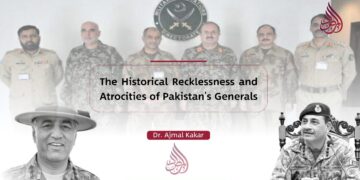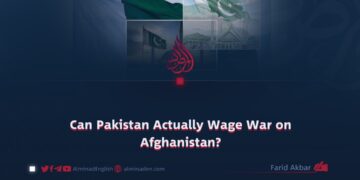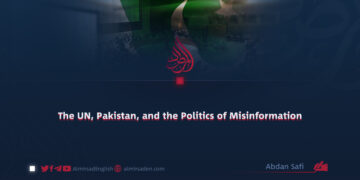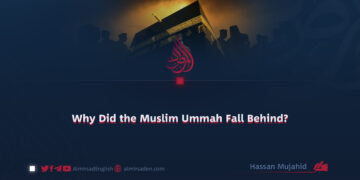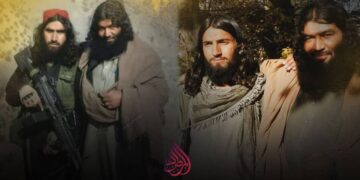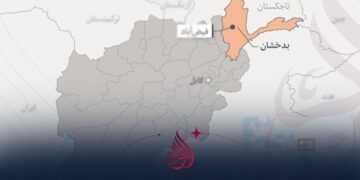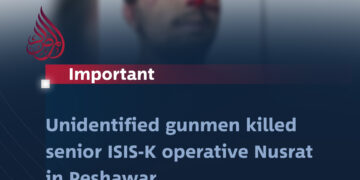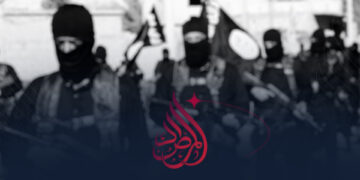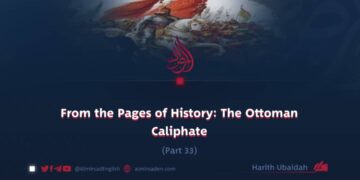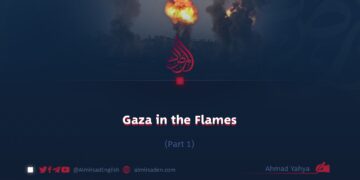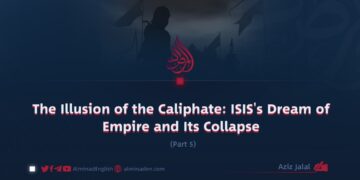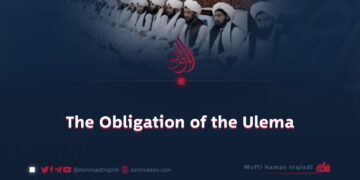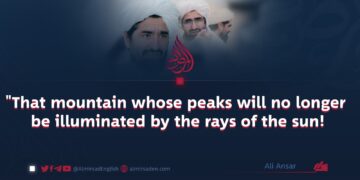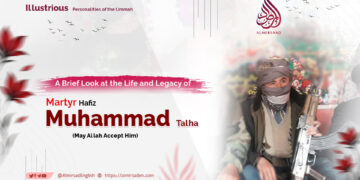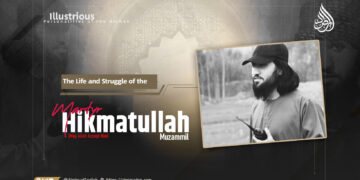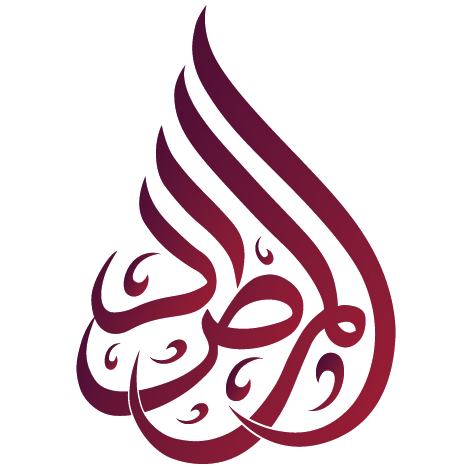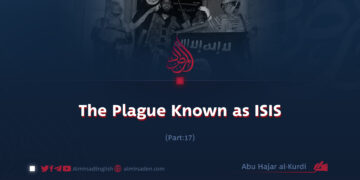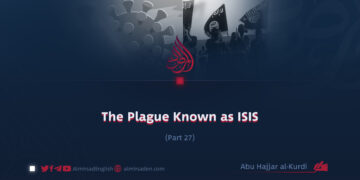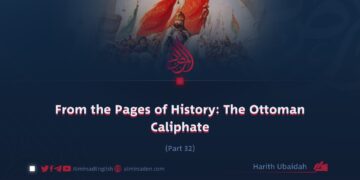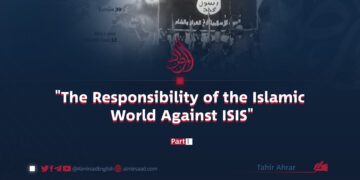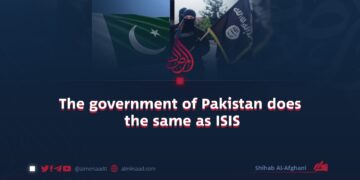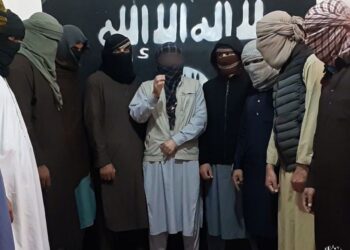Part 26
Abu Hajjar al-Kurdi
Fallujah: A Symbol of Patience and Resistance Against the Occupiers
The city of Fallujah, located in Iraq’s Anbar province, emerged as one of the most significant symbols of jihad for the Iraqi people following the Western occupation of Iraq in 2003. Predominantly Sunni, with distinct cultural and religious characteristics, Fallujah quickly became a central battleground between American occupying forces and jihadist groups.
The resistance in Fallujah was not only a demonstration of the city’s steadfastness but also served as an example for Iraq and the broader Islamic world. Before examining the key events that unfolded in Fallujah, it is important to understand its geographical and strategic significance. The city lies 65 kilometers west of Baghdad, along the main route connecting Baghdad and Syria.
This strategic location made Fallujah vital for controlling logistical and military movements. Its proximity to the borders of Saudi Arabia and Jordan further elevated its importance, prompting the United States to assign the city a special strategic priority.
The Beginning of Resistance in Fallujah
In the early days of Iraq’s occupation, Fallujah was far more volatile than other regions of the country. The first sparks of resistance emerged when American forces entered the city, conducting house raids, mass arrests, and desecrating Islamic holy sites. A particularly significant incident occurred in April 2003, igniting widespread anger among the population.
During demonstrations organized by the residents of Fallujah against the presence of U.S. forces, American troops opened fire on protesters, killing dozens. This event marked a turning point, giving rise to armed resistance within the city.
The Battles of Fallujah: A Bloody Chapter
The First Battle of Fallujah (April 2004)
After four American contractors from Blackwater were killed and their bodies burned by locals, the U.S. military launched a large-scale operation to fully occupy the city. Despite deploying heavy weaponry, American forces faced fierce resistance from local tribes, mujahideen, and even forces loyal to Saddam Hussein.
This determined opposition forced the United States to retreat, failing to gain complete control over Fallujah. The operation ended as a political embarrassment for the Pentagon.
The Second Battle of Fallujah (November 2004)
In November 2004, the U.S., with support from its newly formed Iraqi proxy army, launched another operation called Phantom Fury (Fajr al-Ghadab). This offensive was more intense, involving airstrikes, banned weapons such as white phosphorus, and a full siege of the city. American forces managed to capture portions of Fallujah, but at a staggering human cost.
Estimates suggest that over 2,500 civilians and thousands of Sunni fighters were killed. The city was nearly destroyed, yet it endured as a lasting symbol of resistance.
The Nature of Resistance in Fallujah
The resistance in Fallujah was a coalition of diverse groups. Local tribes, motivated by religious and national pride, took a firm stand against the occupation. Islamic groups, including Al-Qaeda in Iraq under the leadership of Abu Musab al-Zarqawi, mobilized mujahideen and attracted many young fighters. Forces loyal to Saddam Hussein, seeking to oppose the occupiers after losing power, also joined the struggle.
Despite their ideological differences, these groups united around a single objective: resisting the occupation and defending their city.

